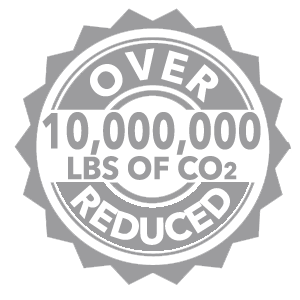

February 25, 2015 Source: U.S. Energy Information Administration, Forms EIA-860 and EIA-923 Note: Data include facilities with a net summer capacity of 1 MW and above only. Wind plant generation performance varies throughout the year as a result of highly seasonal wind patterns. Nationally, wind plant performance tends to be highest during the spring and lowest during the mid- to late summer, while performance during the winter (November through February) is around the annual median. However, this pattern can vary considerably across regions, mostly based on local atmospheric and geographic conditions. Unlike conventional fossil-fueled generators, there is no fuel or other variable cost associated with wind power generation. As a result, a wind plant's capacity factor —a measure of the plant's generation as a percentage of its maximum generating capacity—is very closely related to the available wind resource, or average wind speed. In general, wind plant capacity factors tend...
3571 Hits
Copyright
© EIA
3571 Hits


































